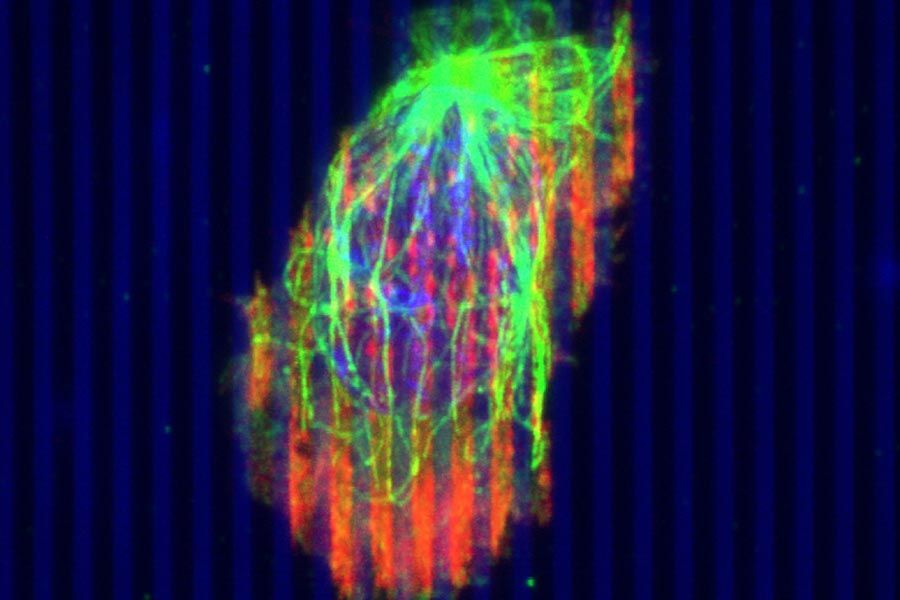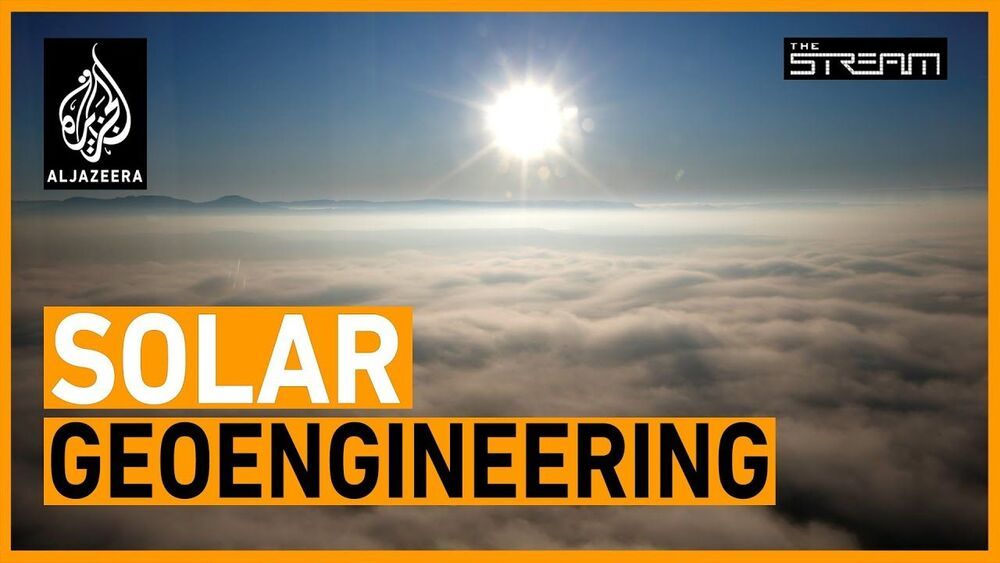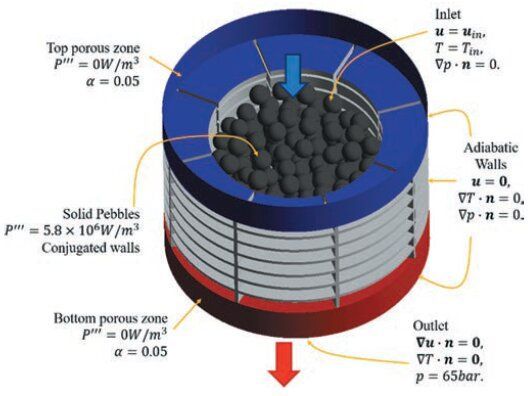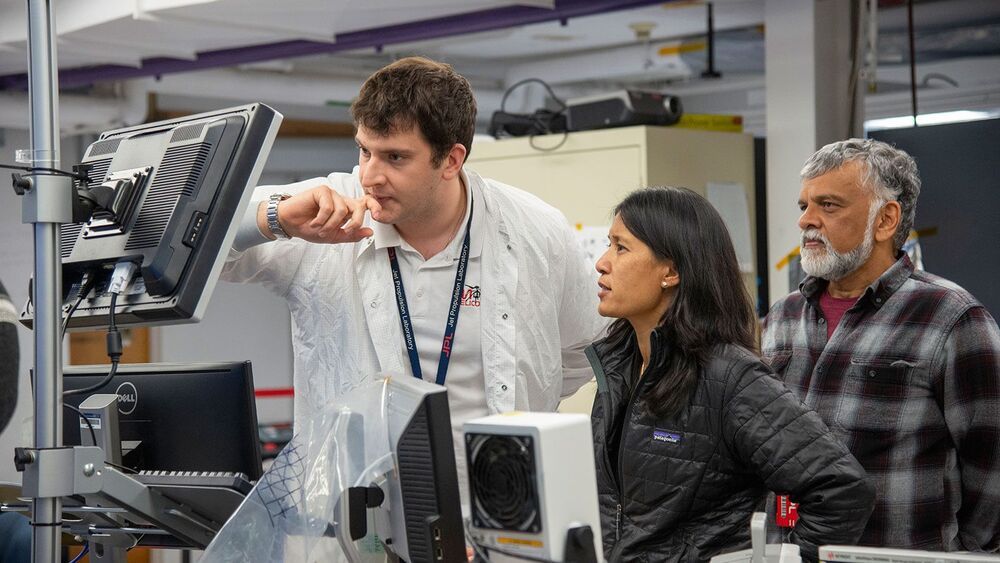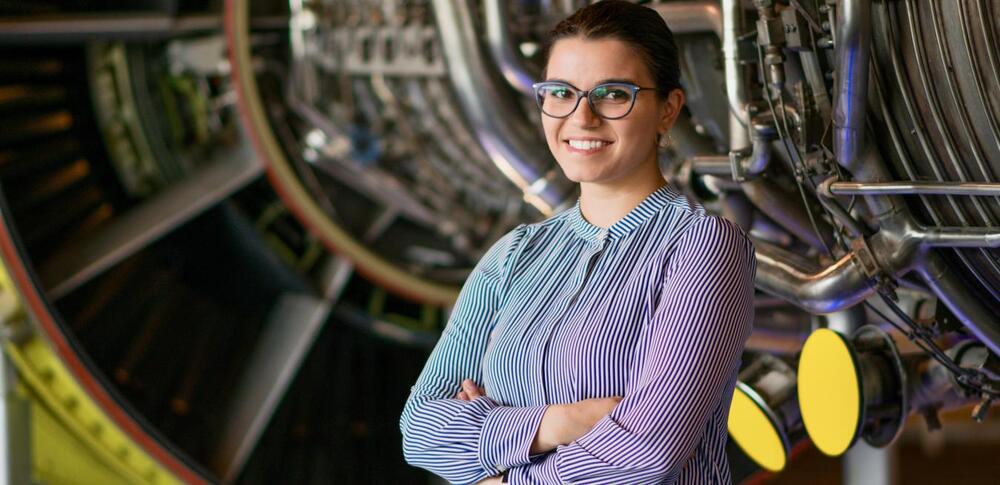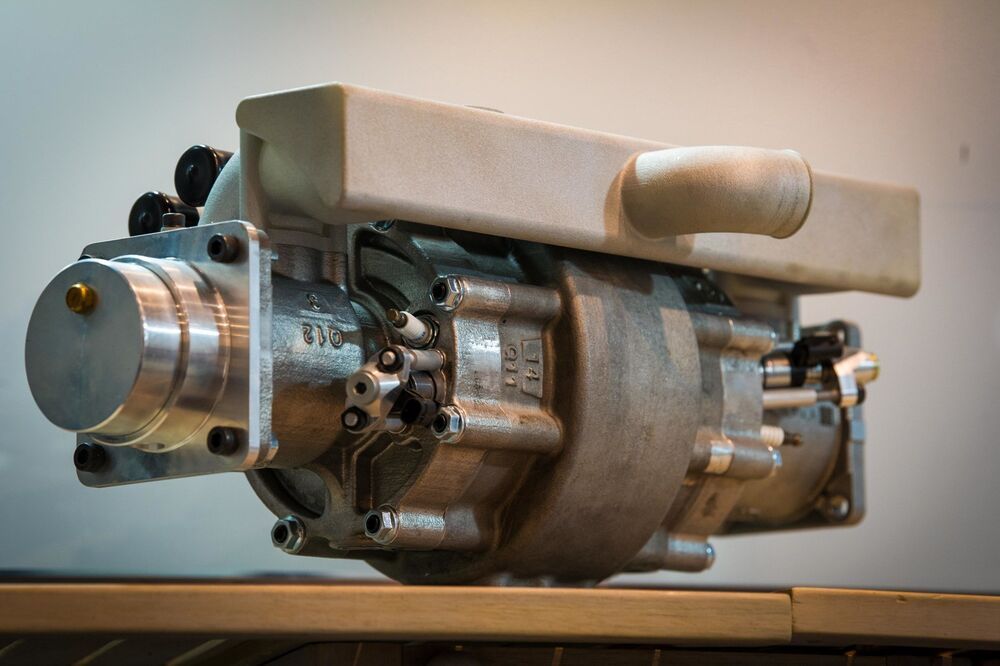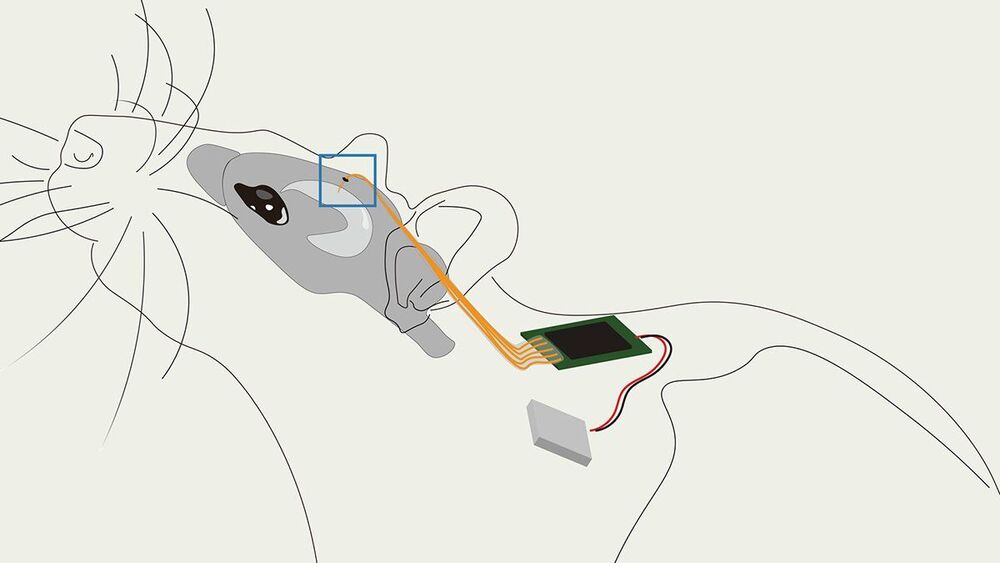May 27, 2021
SpaceX Starlink: how it could kickstart an ‘uncontrolled experiment’
Posted by Atanas Atanasov in categories: engineering, internet, satellites
In a paper for Nature this month, researchers claim the development of mega-constellations like Starlink “risks multiple tragedies of the commons, including tragedies to ground-based astronomy, Earth orbit, and Earth’s upper atmosphere.”
Perhaps the biggest effects could come as the satellites start to deorbit, sparking what could be a major experiment in geoengineering.
This week’s SpaceX launch is the 29th batch of Starlink satellites since the first in May 2019, building out the firm’s internet connectivity constellation. Starlink aims to offer high-speed and low latency internet access almost anywhere with a view of a ground terminal.
Continue reading “SpaceX Starlink: how it could kickstart an ‘uncontrolled experiment’” »

